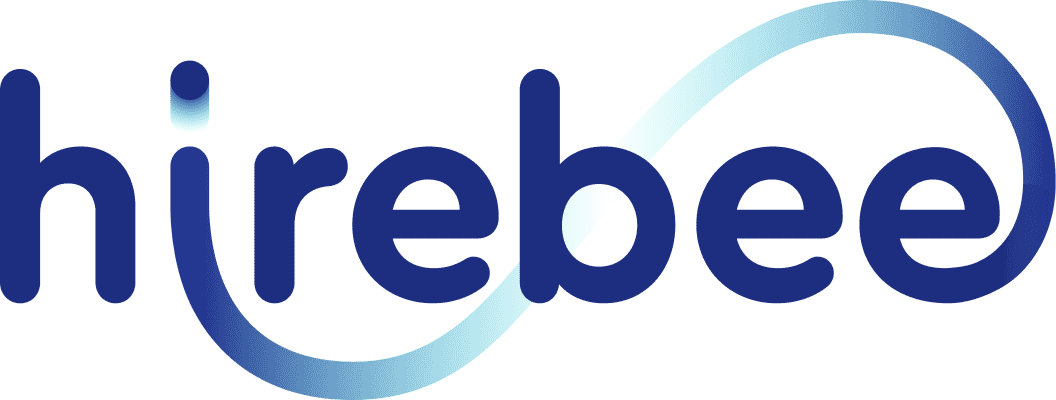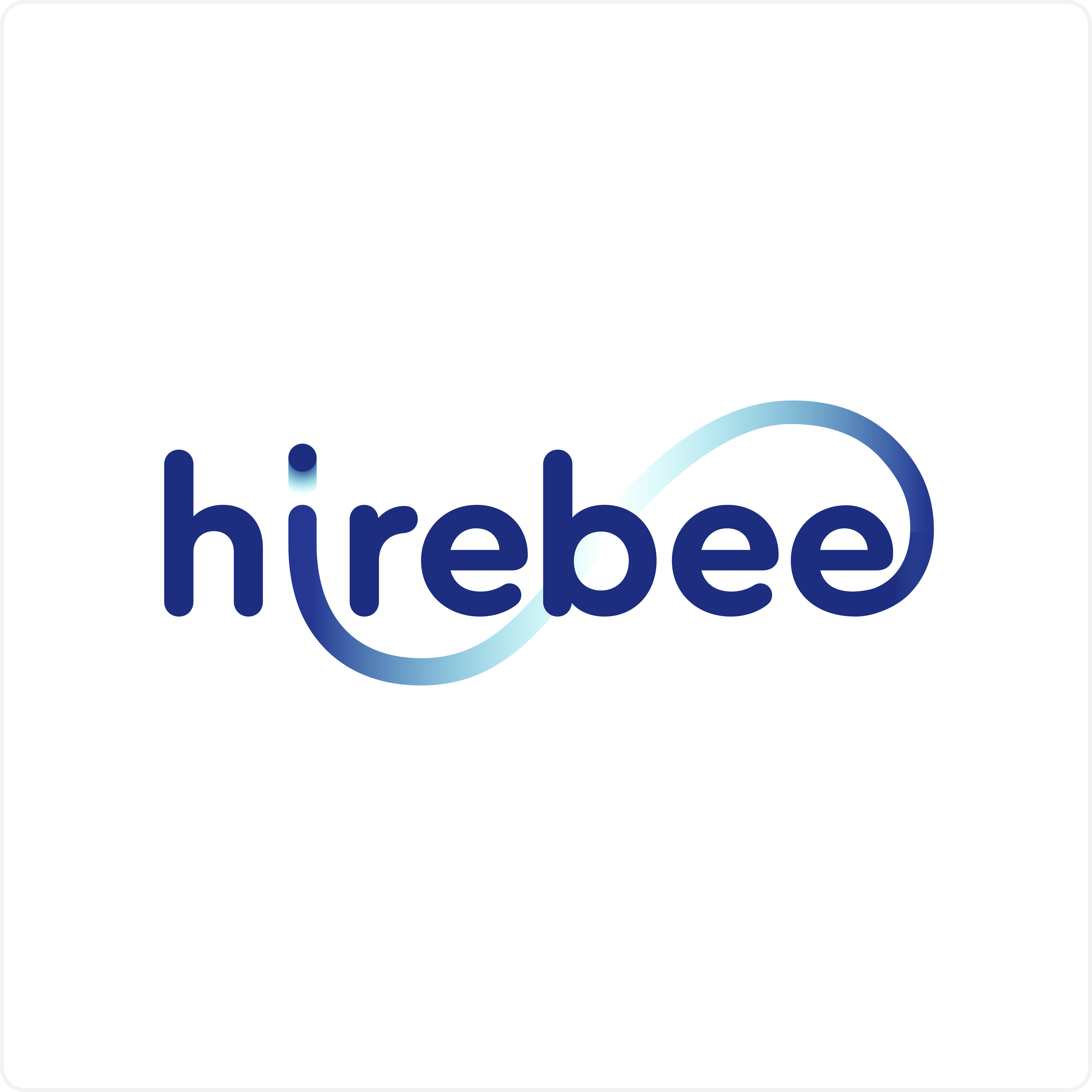Optimizing your hiring process is key to finding the best talent for your company. It involves ensuring your recruiting process is efficient, effective, and cost-saving. This includes streamlining your recruitment methods, from recruiting channels to job postings, and setting up a system for interviewing and onboarding.
Additionally, it is important to create a strong employer brand and use data-driven insights to inform your hiring decisions. Optimizing your hiring process also means evaluating your current practices and making changes to improve the speed and accuracy of the hiring process.
Finally, it is important to leverage technology to automate the process and ensure candidates have a positive experience throughout the recruitment process. In short, optimizing your hiring process is about creating an efficient, effective, and cost-saving process for finding and onboarding the best talent for your company.
Table of Contents
ToggleBenefits of Having a Well-Structured Hiring Team
Having a well-structured recruitment team can have several benefits for any business. A properly structured team can help to ensure that the best potential employees are identified, recruited and retained, leading to improved staff performance and productivity.
It can also help to reduce recruitment costs and ensure that the recruitment process is efficient and compliant with any relevant legislation. Moreover, a well-structured recruitment team can help to ensure that the right candidates are matched to the right roles, leading to improved employee satisfaction and retention. Ultimately, having a strong recruitment team leads to a more successful organization. Some of these benefits include:
Reduced Data Silos
Data silos can be a major problem among recruitment teams, as they lead to slower communication, duplication of efforts, and lack of visibility into the recruitment process. To break down these silos, organizations should ensure that their recruitment teams are using the same tools, processes, and systems to manage their recruitment activities.
They should also create a centralized repository for managing their recruitment data, such as an applicant tracking system. This will ensure that all relevant recruitment data is available in one place, enabling team members to access the same information, foster collaboration, and have a better understanding of the recruitment process.
Additionally, organizations should create a culture of communication and collaboration among the recruitment team, and encourage team members to share their insights and ideas on recruitment activities. By doing this, organizations can break down data silos and improve the overall efficiency of their recruitment teams.

Improved Hiring Efficiency
Recruitment team job descriptions should be updated and improved to ensure better hiring efficiency. The job descriptions should include the roles and responsibilities of the team, the process of sourcing candidates, the criteria for evaluating candidates, and the methods of onboarding new hires.
The team should be trained to use the latest recruiting technology and methods to source, evaluate and onboard the most qualified candidates. The job descriptions should also include the team’s ability to collaborate with hiring managers, understand their needs and provide the best fit for their positions. This will ensure the recruitment team is better equipped to provide the most efficient and effective hiring solutions.
Enhanced Hiring Capabilities
A better hiring team can help improve an organization’s hiring capability by taking a more collaborative and proactive approach to sourcing, interviewing, and onboarding candidates. This team should focus on building relationships with potential employees, streamlining processes, and leveraging technology to ensure a smooth recruitment process.
The team should also be well-versed in the company’s mission, values, and culture and be able to accurately represent the organization to applicants. Additionally, they should be able to provide a positive candidate experience throughout the entire hiring process.
Reduced Risk of Burnout
Hiring teams that include multi-level users can help reduce the risk of burnout. By having team members from different levels of the organization, teams can benefit from different perspectives. This can help ensure that teams are not overworking or taking on too much, which can lead to burnout.
Additionally, having members from different levels can help to ensure that the team is better able to identify and address any potential problems that may arise in the hiring process. This can help to reduce frustration and stress, which can lead to burnout.
Hirebee ensures you get the best applicants online on your service, with improved candidate screening and improved candidate sourcing features.

Key Roles in a Structured Hiring Team
A well-organized hiring team consists of several key players, each contributing to a seamless recruitment process.
Chief Executive Officer (CEO)
The role of the Chief Executive Officer (CEO) in the recruitment team is to be the ultimate decision-maker, making it one of the most valuable recruiting roles. The CEO’s job is to lead the team to identify and hire the best talent for the organization and decide on the recruitment team’s roles and responsibilities.
The CEO is responsible for setting the overall recruitment strategy and ensuring the team follows it. He or she should also be involved in the selection process and provide guidance and ideas to the team, making sure that the team has all other essential members like talent acquisition specialists and the head of human resources.
The CEO should ensure that the recruitment team has the resources and support needed to carry out their duties effectively. This includes providing adequate budget and staff, as well as the right technology to enable the team to recruit efficiently. The CEO should also be involved in developing recruitment policies, such as those related to diversity and inclusion.
The CEO should also be involved in reviewing the recruitment process to ensure it is meeting the organization’s goals. This includes reviewing the team’s performance, assessing the quality of candidates, and providing feedback to ensure the recruitment process is running smoothly.
Finally, the CEO should be the face of the recruitment team, leading by example and engaging with potential candidates, as well as other stakeholders. By being visible and involved in the recruitment process, the CEO can demonstrate the organization’s commitment to hiring the best talent.
Direct Supervisor
Direct supervisors play key recruitment roles in the hiring team. They are responsible for leading the organization through the hiring process and providing guidance and direction to the rest of the team.
The direct supervisor must ensure that the hiring process is compliant with all relevant laws and regulations and that the organization is being fair and consistent in its practices. They must also be aware of any potential risks associated with the hiring process and take appropriate steps to mitigate them.
The direct supervisor should also be involved in the development of the job description and the candidate selection process. This includes creating a detailed job description, setting criteria for the selection process, and identifying the skills and experience necessary to meet the requirements of the role.
The direct supervisor should also be involved in the actual hiring process itself. This includes interviewing candidates, conducting background checks, and making the final selection decision. The direct supervisor should also be responsible for ensuring that the new hire is brought onboard promptly and is trained properly in their new role.
The direct supervisor plays a key role in the overall success of the hiring team. They are responsible for ensuring that the hiring process is conducted fairly and consistently, and that the organization can make the most informed decisions possible when it comes to bringing new employees on board. This is critical to the success of any organization and is a role that should not be taken lightly.
Core Team Members
The core team members play a key role in hiring a team. Core team members should be the company’s most experienced and knowledgeable personnel. They should possess the necessary skills, expertise and qualifications to lead the recruitment process. Core team members should be chosen based on their ability to effectively and efficiently evaluate and select the best candidates for the team.
Core team members should be responsible for setting the criteria for selection and conducting the initial screening process of all candidates. They should also be involved in the interview process and provide feedback on the various candidates. Core team members should also be knowledgeable and experienced in the job market and able to recognize potential candidates.
The core team members should also be responsible for making the final decision on who should be hired. They should have an open mind and be willing to consider all candidates from different backgrounds, skills and experiences. The core team should also be able to effectively communicate their expectations to the job applicants and provide useful feedback to them.
Core team members should be able to handle the recruitment process in a professional and efficient manner. They should have excellent communication and organizational skills and be able to manage the recruitment process from start to finish. Core team members should also be able to work with different members of the team to ensure that the recruitment process is successful and efficient.
Hiring Manager
The hiring manager is an integral part of the hiring team. The hiring manager is responsible for ensuring the successful selection of qualified candidates for open positions. They oversee the entire recruitment process, from reviewing resumes and interviewing candidates to making the final hiring decision. By leading the hiring process, the hiring manager is able to ensure that the best candidate is selected and that the organization is selecting the right person for the job.
The hiring manager must have excellent communication, organizational, and problem-solving skills. They must be able to work with other hiring team members to ensure that all recruitment activities are handled efficiently and professionally.
They must be able to develop effective interviewing strategies and ask the right questions to get a better understanding of the candidate’s skills, knowledge, and experience. Additionally, the hiring manager must have a good understanding of the organization’s culture and be able to identify the best candidate for the position.
The hiring manager is also responsible for ensuring that the organization follows all relevant laws and regulations when recruiting and hiring. They must ensure that all candidates are treated fairly and that all recruitment processes are conducted professionally and ethically.
In summary, the hiring manager plays a key role in the hiring team. They are responsible for leading the recruitment process and ensuring that the best candidate is selected for the job. They must have excellent communication, organizational, and problem-solving skills to ensure that all recruitment activities are handled efficiently and professionally.

Talent Sourcer
Talent Sourcer is an essential role in a hiring team. They use a variety of methods such as networking, research, and referrals, to identify, attract, and engage top talent. Sources are responsible for understanding a company’s hiring needs and then sourcing, qualifying, and engaging potential candidates. By building relationships with passive candidates and engaging in research, Talent Sourcers help to ensure the best candidates are identified and recruited to the organization.
HR Lead
The HR Lead plays a key role in the hiring process. They are responsible for developing and managing the recruitment process, from job description creation to candidate selection. This includes setting job requirements, sourcing and screening potential candidates, interviewing and assessing candidates, negotiating offers, managing onboarding, and conducting background checks.
The HR Lead ensures the hiring team has a thorough understanding of the job requirements, the company culture, and the skills and qualifications necessary to fill the role. They are also responsible for creating a positive candidate experience, ensuring the process is efficient and smooth. By taking a proactive approach to the hiring process, the HR Lead can help the hiring team make informed decisions and build a successful team.
Senior Recruiter
The Senior Recruiter is a key role in any hiring team. They are responsible for overseeing the entire recruitment process, from sourcing candidates to onboarding new hires. They are responsible for developing and executing a recruiting plan that meets the organization’s hiring needs. The Senior Recruiter also serves as a mentor and advisor to junior recruiters, helping them to expand their skills and knowledge.
They are responsible for understanding the needs of the organization, identifying key skills and competencies, and utilizing multiple recruiting techniques to source the best talent. The Senior Recruiter is also responsible for staying up to date on current industry trends, labor market dynamics, and best practices in the recruitment field.
Leveraging Technology for Recruitment Optimization
Technology plays a crucial role in modern recruitment, enabling companies to streamline processes, enhance efficiency, and improve the candidate experience. Several key technological advancements can significantly optimize recruitment efforts:
Applicant Tracking Systems (ATS)
An ATS helps manage the entire hiring workflow by automating resume screening, tracking candidate progress, and facilitating communication between recruiters and applicants. It ensures consistency and transparency in the recruitment process.
AI-Powered Screening and Matching
Artificial intelligence (AI) can analyze resumes and match candidates to job roles based on skills, experience, and job fit. AI-driven assessments and chatbots can also enhance engagement, providing instant responses to candidate queries.
Cloud-Based Recruiting Platforms
Cloud-based solutions allow recruiters to access data and collaborate seamlessly from anywhere. These platforms integrate with multiple job boards, social media, and HR software, making recruitment more flexible and scalable.
Recruitment Marketing Tools
Leveraging digital marketing strategies such as targeted job ads, social media recruitment, and employer branding campaigns can attract a larger pool of qualified candidates. Automated email campaigns and content marketing also help nurture talent pools.
Data Analytics and Predictive Hiring
Recruitment analytics provide insights into hiring trends, candidate behavior, and process bottlenecks. Predictive hiring models help organizations make data-driven decisions, reducing hiring time and improving candidate quality.
By integrating these technologies, companies can significantly enhance recruitment efficiency, reduce hiring costs, and create a more engaging candidate experience.
Conclusion
Advanced integration has the potential to revolutionize the way talent is managed. All-in-one HR software, cloud-based platforms and integrated recruiting systems have afforded employers unprecedented access to the full spectrum of talent management functions, which can help to ensure that the right personnel are correctly managed and sourced according to their skillsets.
Taking advantage of these tools requires a willingness to invest in the latest technology, but with the right partners, human resources can make better-informed decisions and securely manage large talent pools. Additionally, using advanced integration to improve talent management can also save valuable time and money, resulting in an overall positive return on investment.









